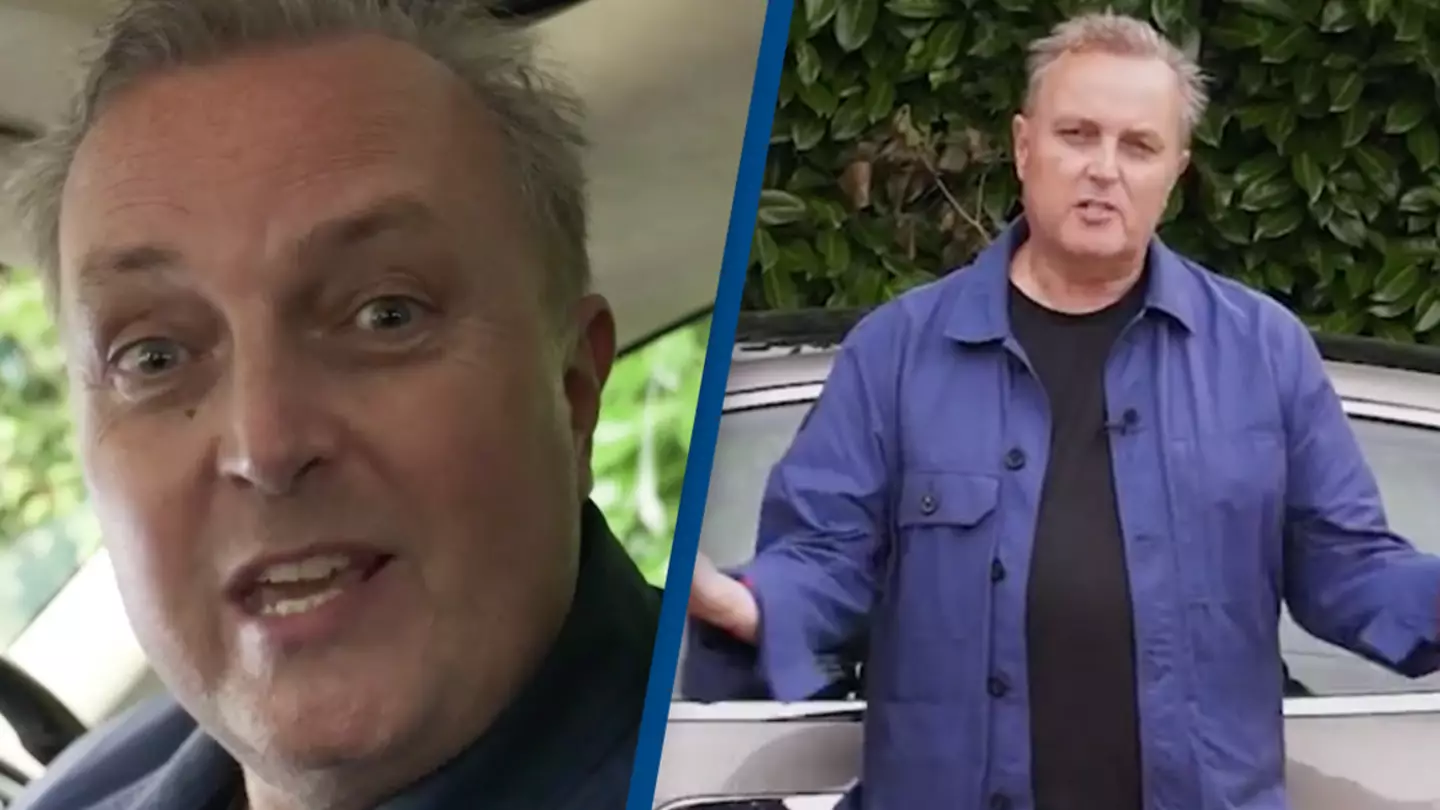
As climate change becomes more apparent each year, a lot of people are investing in electric vehicles (EVs) in a bid to help the planet cut down on fossil fuels.
But it’s not just the fact that they’re better for the environment that people are being drawn to EVs – it also comes down to the fact that they are generally cheaper to run and seem to hold up pretty darn well.
He mainly charges his car at home, which is substantially cheaper than relying on Superchargers. With this in mind, he says he saves as much as $200 a month on fuel since swapping to an EV.
Not everyone can afford a brand new electric vehicle like a Tesla though, so car expert Steve Fowler trialled a nine-year-old Tesla Model S that had over 250,000 miles on it.
The high mileage would make a lot of people nervous, but the motorist went on to reveal that the EV’s battery still had 84 percent of its original capacity.

Motoring expert Steve Fowler tested a 2015 Tesla Model S (Marco Destefanis/Pacific Press/LightRocket via Getty Images)
He also shared that in the last nine years, the only new things the Tesla has had is some new tyres and car mats.
“I think that’s pretty impressive,” Steve said of the battery health in a video for The Independent, and revealed that the nine-year-old car can still do the best part of 250 miles on a single charge.
Going on to speak to a Tesla expert, they told Steve that the low battery depletion on his Tesla wasn’t anything unusual for that kind of car and that people usually see less than 10 percent degradation in the first few years.
Now, while battery charging is a huge benefit of having an EV, it can come with its problems in the winter.

There are over 27,000 Tesla Superchargers dotted across the US (Smith Collection/Gado/Getty Images)
Apparently, it takes car batteries longer to charge up this time of year because of the colder temperatures – but there’s a hack to speed up the process.
TikToker @TrunkToFrunk revealed that there’s a way to get your vehicle to begin preconditioning your battery for charging.
If not, you can ask your car via audio command to find the closest supercharger to your current location. After clicking the navigation to take you to the closest one, your Tesla will begin to ‘precondition’ your battery by warming it up for optimal charging when you arrive.


